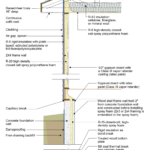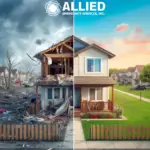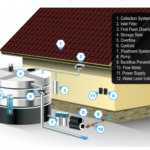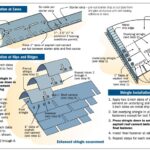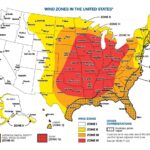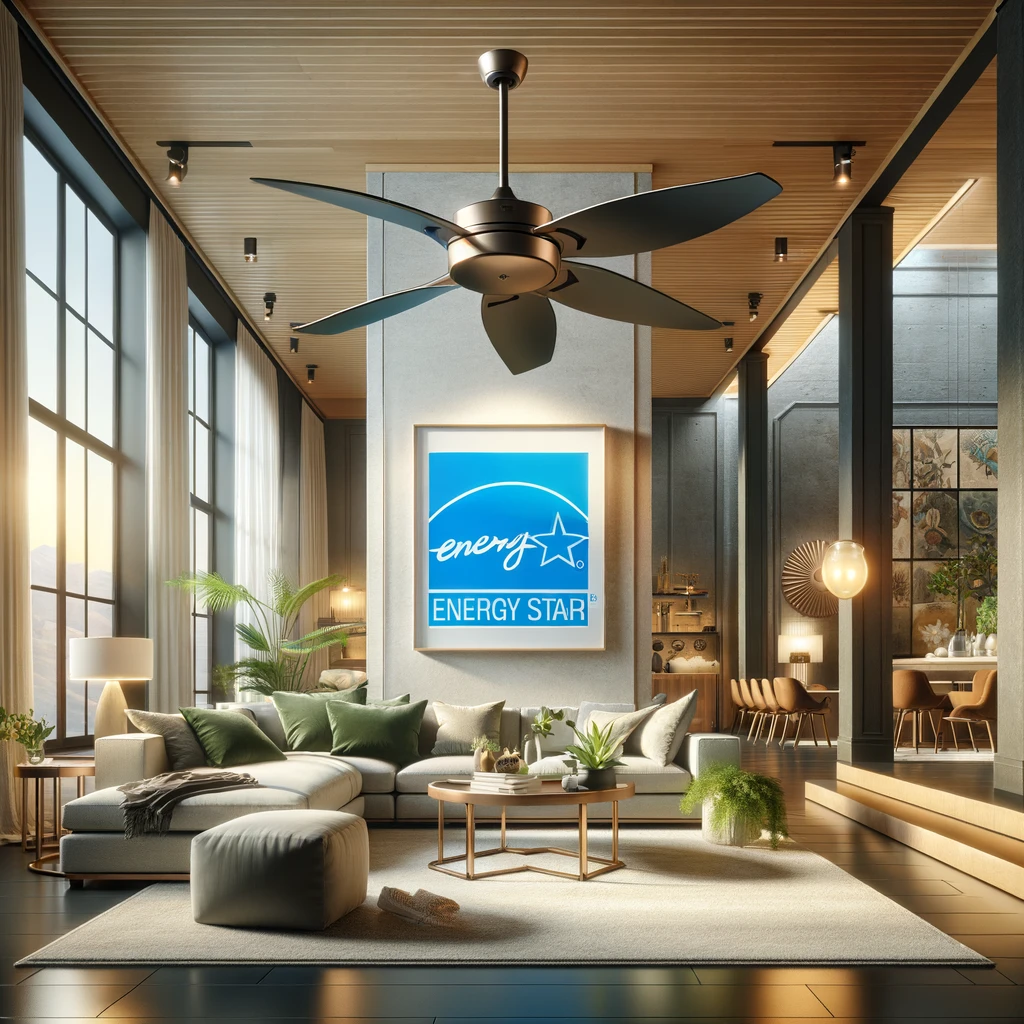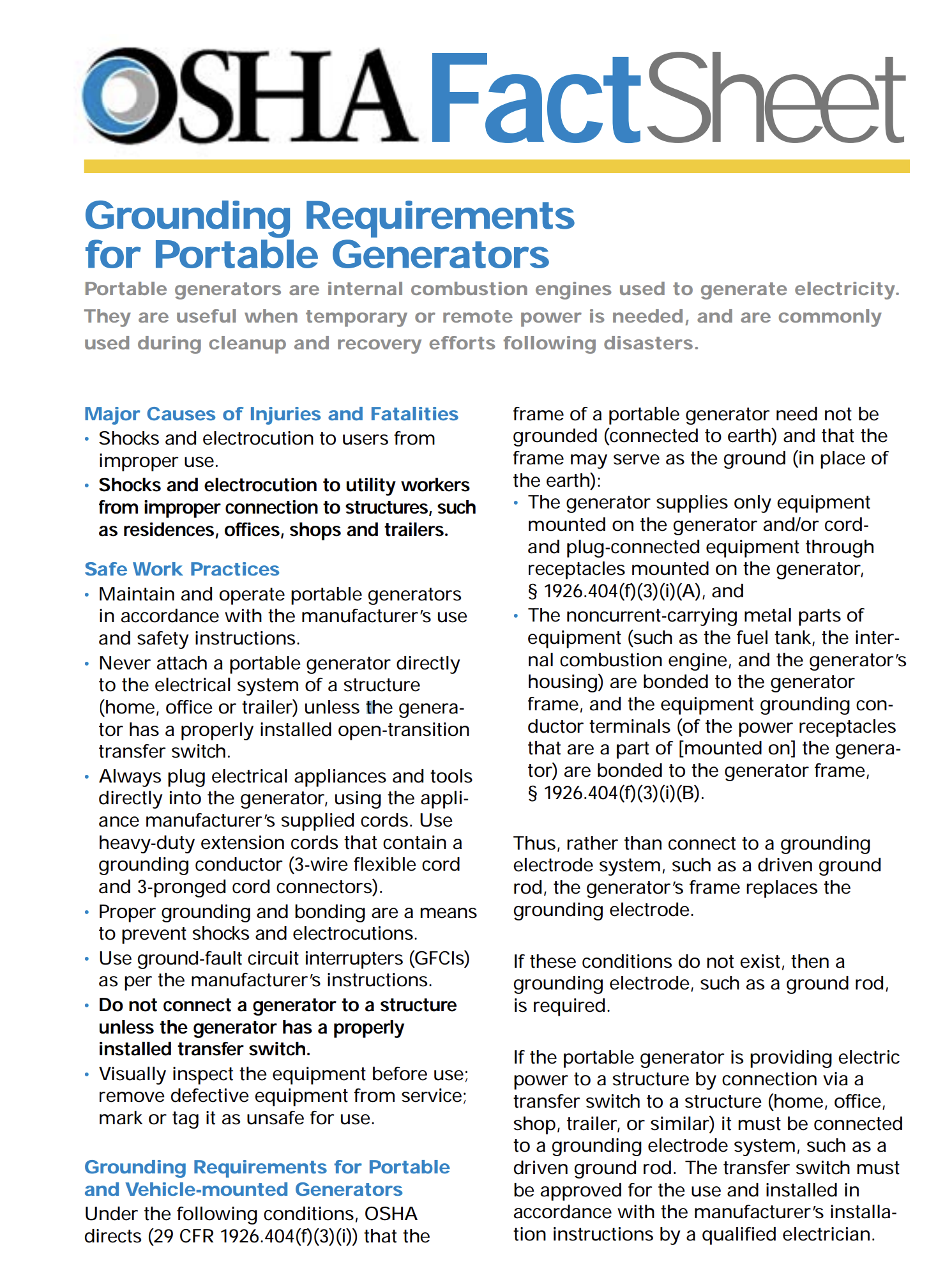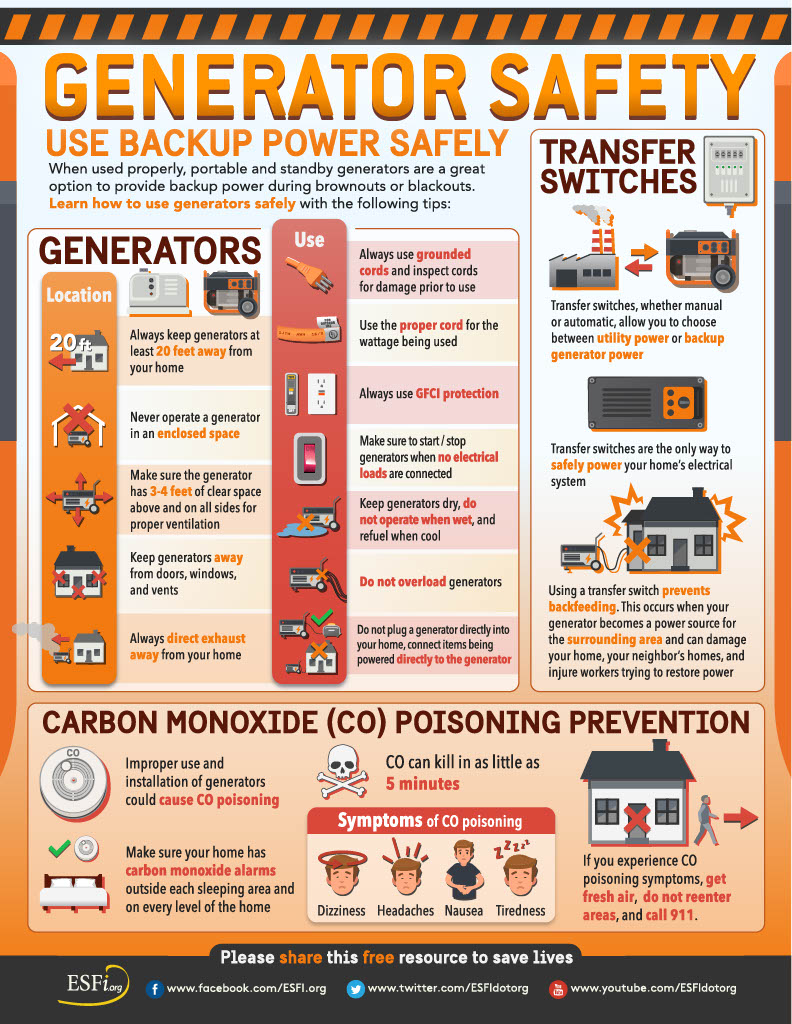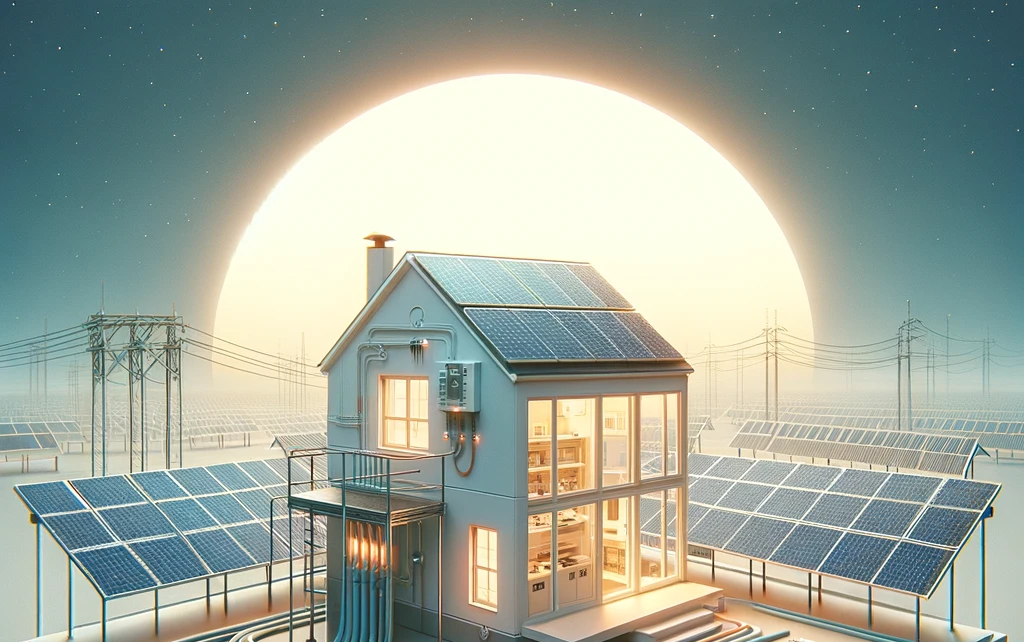Welcome to our blog series on high-efficiency lighting, where we shed light on the latest advancements and benefits of modern lighting solutions. In this series, we explore how technologies like solid-state light emitting diodes (LEDs) are revolutionizing residential and commercial lighting, offering unparalleled energy savings, environmental sustainability, and superior performance.
Embrace the power of advanced lighting technology to brighten your home while slashing energy costs.
Technical Description:
- High-efficiency lighting, bearing the ENERGY STAR label, cuts energy usage and heat production by 70%-90% compared to traditional models.
- Lasting 10 to 25 times longer, these lights offer a manufacturer-backed warranty of at least three years.
Alternate Terms:
- High-Efficiency or Ultra-Efficient Lighting
- Low Maintenance Lighting
- Advanced Lighting Technology
Opting for advanced lighting means superior quality illumination at significantly reduced costs. Let’s usher in a new era of efficient homes together.
Scope:
- Incorporate high-efficiency lighting in new homes to meet energy efficiency targets and local code requirements.
- Design lighting plans exceeding minimum standards, considering options like motion sensors and dimmers for enhanced savings.
Description of High-Efficiency Lighting
- Switching from traditional incandescent bulbs to high-efficiency lighting like LEDs is a simple way to save on energy bills.
- LEDs produce more light and less heat compared to incandescent bulbs, using approximately 75% less energy to produce the same amount of light.
- Adding lighting controls such as dimmers, motion sensors, and photo sensors, as well as incorporating daylighting strategies, can further reduce lighting costs.
- Light bulb energy efficiency standards have been implemented gradually, with most standard bulbs required to be 60% to 70% more efficient by 2020 compared to 2007.
- Energy-efficient lighting products are available in various color renditions, ranging from warm yellowish lights to cool white lights, measured in Kelvin (K) units.
- Warm light: 2700-3000K
- White light: 3500-4100K
- Cool white light: 5000-6500K
- Light output is measured in lumens, with standard incandescent bulbs producing around 1600 lumens for a 100-Watt bulb and approximately 800 lumens for a 60-Watt bulb. LED lights can achieve similar lumen levels with much lower wattage.
- Look for bulbs with lumens and color temperature listed on the packaging, and consider ENERGY STAR labeled lighting, which meets criteria for light output, color, longevity, and efficiency.
- For further information on lighting technology history and principles, consult resources provided by the Department of Energy (DOE).
Solid State Light Emitting Diodes (LEDs)
- LEDs revolutionize residential lighting with immense energy savings potential, durability, and compatibility with controls.
- ENERGY STAR certified LEDs use 75% less energy and last up to 25 times longer than traditional bulbs.
- When installing dimmable LED lighting, ensure compatibility with the light source by using compatible dimmer switches.
ENERGY STAR Certified Lighting
- ENERGY STAR Certified Light Bulbs:
- Use about 70%-90% less energy than traditional incandescent bulbs.
- Last at least 15 times longer and save about $80 in electricity costs over their lifetime.
- Meet strict quality and efficiency standards, tested by accredited labs, and certified by a third party.
- Produce about 70%-90% less heat, making them safer to operate and reducing energy costs associated with home cooling.
- Resources for Consumers:
- DOE Energy Savers: Provides tips and links for new and replacement lighting options.
- ENERGY STAR Choose a Light Guide: Online tool to identify the right bulb shape, color, and brightness for household applications.
- ENERGY STAR LED Bulb Checklist: Helps determine appropriate bulb replacements.
- ENERGY STAR Savings Calculator for Certified Lighting: Offers custom energy savings estimates based on bulb type, usage, cost, and lifetime.
- ENERGY STAR Web Pages: Provide information on color and mood, brightness, and a glossary of terms for understanding lighting.
- Shopping Tips:
- Lighting Facts Label: Mandatory product packaging label detailing brightness, color, annual energy cost, lifetime, and power draw.
- Lighting Controls: Timers, photocells, and dimmers save electricity and should be compatible with energy-efficient bulbs.
- Finding ENERGY STAR Certified Lighting:
- ENERGY STAR Product Finder: Helps find certified bulbs and fixtures that meet household needs.
- Rebates and Incentives:
- Database of State Incentives for Renewables & Efficiency®: Check for eligible rebates or incentives.
- ENERGY STAR Rebate Finder: Determine if a bulb or fixture model qualifies for rebates or incentives in the area.
Installing High-Efficacy Lighting
In the pursuit of energy efficiency and sustainable living, the choice of lighting plays a crucial role. Here’s a comprehensive guide on installing high-efficacy lighting for your home:
1. Incorporate High-Efficiency Lighting in New Construction:
- Integrate high-efficiency lighting into the lighting plan as part of the overall design package for new construction projects.
- Design home plans with high-efficiency lighting seamlessly integrated, ensuring both aesthetic and functional appeal.
2. Select Appropriate High-Efficiency Lighting:
- Choose lighting fixtures rated for their installed location (interior or exterior) that meet the desired light level, color rendering, and functionality requirements.
- Ensure compatibility with dimmers; select the right dimmer for the specific lighting being installed, considering compatibility with CFLs or LEDs.
3. Explore LED Options for Recessed Lighting:
- Take advantage of LED lamps designed for recessed lighting fixtures to maximize energy efficiency and longevity.
4. Optimize Dimmer Switch Selection:
- Select dimmer switches that are compatible with the installed lighting, ensuring smooth operation and optimal performance.
5. Verify Correct Installation:
- Conduct thorough inspections to verify that the correct lighting products were installed according to specifications, ensuring compliance with energy efficiency standards.
Retrofitting with High-Efficiency Lighting
SCOPE:
- Replace current, inefficient lighting with high-efficiency options for energy savings and reduced maintenance.
- Prioritize frequently used fixtures and those difficult to replace.
- Choose ENERGY STAR certified light bulbs for optimal efficiency.
- Follow safe work practices outlined by the U.S. Department of Energy.
DESCRIPTION:
- Upgrading to high-efficiency lighting, such as LEDs, offers quick paybacks and substantial energy savings.
- Replacing the five most used fixtures with ENERGY STAR labeled products can save homeowners around $75 annually.
- Contractors should prioritize hard-to-reach lights, especially for elderly or handicapped clients.
How to Install Efficient Lighting in Existing Homes
- Identify and prioritize inefficient bulbs for replacement.
- Select appropriate high-efficiency lights.
- Remove and recycle old bulbs, following disposal guidelines for different types.
- Install new ENERGY STAR certified bulbs, ensuring proper installation and functionality.
- Consider setting up connected lighting systems for added convenience and control.
Climate Considerations for High-Efficiency Lighting
- High-efficiency LEDs produce less heat than traditional incandescent light sources, potentially reducing cooling loads in warm and hot climates.
- In mixed or cool climates, high-efficiency LEDs can also help seasonally reduce cooling loads.
- For cold climates, when specifying exterior lighting:
- LEDs are preferable for entrance lighting and motion-sensor activated security lighting.
- CFLs or fluorescent lamps may not be ideal as they are slow to come to full brightness at cold temperatures.
- Consider climate zone-specific requirements specified in the International Energy Conservation Code (IECC) when selecting lighting options.
Compliance with Building Codes and Programs
ENERGY STAR Single-Family New Homes, Version 3/3.1 (Rev. 11):
- Exhibit 1: ENERGY STAR light bulbs modeled in 80% (Version 3.0) or 90% (Version 3.1) of ANSI / RESNET / ICC Standard 301-defined Qualifying Light Fixture Locations.
DOE Zero Energy Ready Home (Revision 07):
- Exhibit 1 Mandatory Requirements:
- Item 1: Certified under the ENERGY STAR Qualified Homes Program or the ENERGY STAR Multifamily New Construction Program.
- Item 5: 80% of lighting fixtures are ENERGY STAR qualified or ENERGY STAR lamps (bulbs) in minimum 80% of sockets.
2009 International Energy Conservation Code (IECC) and 2009 International Residential Code (IRC):
- 2009 IECC: R404.1 (2009 IRC N1104.1) requires at least 50% of lamps in permanently installed lighting fixtures to be high-efficacy lamps.
- 2012 and 2015 IECC / 2012 and 2015 IRC: The 2012 IECC and 2015 IECC R404.1 (2012 IRC and 2015 IRC N1104.1) require at least 75%.
- 2018 IECC and 2018 IRC: The 2018 IECC R404.1 (2018 IRC N1104.1) requires at least 90%.
- 2021 IECC and 2021 IRC: R404.1 in the IECC and N1104.1 in the IRC require all permanently installed lighting fixtures (excluding kitchen appliance lighting fixtures) to contain only high-efficacy lighting sources.
Retrofit:
- 2009, 2012, 2015, 2018, and 2021 IECC: Section R101.4.3 (in 2009 and 2012). Additions, alterations, renovations, or repairs shall conform to the provisions of this code, without requiring the unaltered portions of the existing building to comply with this code.
- Chapter 5 (in 2015, 2018, 2021): The provisions of this chapter shall control the alteration, repair, addition, and change of occupancy of existing buildings and structures.
- Retrofit: 2009, 2012, 2015, 2018, and 2021 IRC: Section R102.7.1 Additions, alterations, or repairs. Additions, alterations, renovations, or repairs shall conform to the provisions of this code, without requiring the unaltered portions of the existing building to comply with the requirements of this code, unless otherwise stated.
- Appendix J regulates the repair, renovation, alteration, and reconstruction of existing buildings and is intended to encourage their continued safe use.
Conclusion:
Embrace the future of lighting with high-efficiency solutions, illuminating homes while preserving energy and the environment.
For immediate service or consultation, you may contact us at Allied Emergency Services, INC.
Contact Information:
- Phone: 1-800-792-0212
- Email: Info@AlliedEmergencyServices.com
- Location: Serving Illinois, Wisconsin, and Indiana with a focus on the greater Chicago area.
If you require immediate assistance or have specific questions, our human support is readily available to help you.
Disclaimer: This article is intended for informational purposes only. For professional advice, consult experts in the field.
